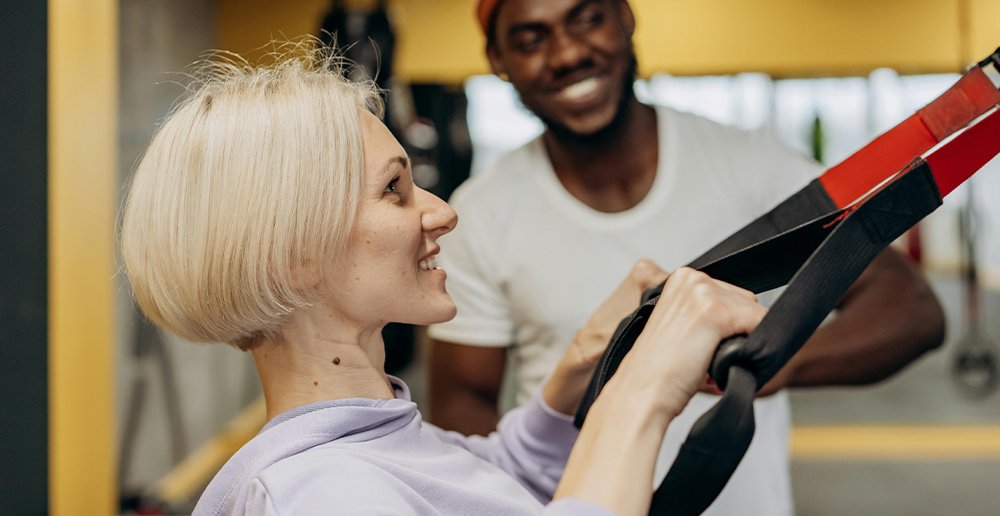Protocol of the Physicians Implement Exercise = Medicine (PIE=M) Development and Implementation Project
Implementing Individually Tailored Prescription of Physical Activity in Routine Clinical Care: Protocol of the Physicians Implement Exercise = Medicine (PIE=M) Development and Implementation Project
Background
The prescription of physical activity (PA) in clinical care has been advocated worldwide. This "exercise is medicine" (E=M) concept can be used to prevent, manage, and cure various lifestyle-related chronic diseases. Due to several challenges, E=M is not yet routinely implemented in clinical care.
Objective
This paper describes the rationale and design of the Physicians Implement Exercise = Medicine (PIE=M) study, which aims to facilitate the implementation of E=M in hospital care.
Methods
PIE=M consists of 3 interrelated work packages. First, levels and determinants of PA in different patient and healthy populations will be investigated using existing cohort data. The current implementation status, facilitators, and barriers of E=M will also be investigated using a mixed-methods approach among clinicians of participating departments from 2 diverse university medical centers (both located in a city, but one serving an urban population and one serving a more rural population). Implementation strategies will be connected to these barriers and facilitators using a systematic implementation mapping approach. Second, a generic E=M tool will be developed that will provide tailored PA prescription and referral. Requirements for this tool will be investigated among clinicians and department managers. The tool will be developed using an iterative design process in which all stakeholders reflect on the design of the E=M tool. Third, we will pilot-implement the set of implementation strategies, including the E=M tool, to test its feasibility in routine care of clinicians in these 2 university medical centers. An extensive learning process evaluation will be performed among clinicians, department managers, lifestyle coaches, and patients using a mixed-methods design based on the RE-AIM framework.
Results
This project was approved and funded by the Dutch grant provider ZonMW in April 2018. The project started in September 2018 and continues until December 2020 (depending on the course of the COVID-19 crisis). All data from the first work package have been collected and analyzed and are expected to be published in 2021. Results of the second work package are described. The manuscript is expected to be published in 2021. The third work package is currently being conducted in clinical practice in 4 departments of 2 university medical hospitals among clinicians, lifestyle coaches, hospital managers, and patients. Results are expected to be published in 2021.
Conclusions
The PIE=M project addresses the potential of providing patients with PA advice to prevent and manage chronic disease, improve recovery, and enable healthy ageing by developing E=M implementation strategies, including an E=M tool, in routine clinical care. The PIE=M project will result in a blueprint of implementation strategies, including an E=M screening and referral tool, which aims to improve E=M referral by clinicians to improve patients' health, while minimizing the burden on clinicians.
Keywords
Exercise is Medicine initiative; clinicians; conventional treatment; exercise referral; hospital care; physical activity.

